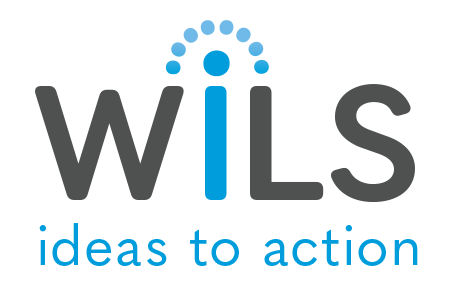One of our greatest joys at WiLS is hearing our members tell the stories of the big and important work they are doing – interesting new projects or initiatives, or even interesting and new approaches to old projects. And, in addition to hearing about it, it makes us even happier when we can share those stories with other members. Each month, WiLS is proud to feature an interview with one of our library members. This month, we interview Bruce Gay, Director of Milwaukee County Federated Library System.
Why did you, personally, choose to work with libraries?
I was a teacher for many years before I became a librarian. For several years I’d bring my class of seventh graders down to Milwaukee Public Library’s beautiful Central library for research. One year while I was there I thought, “these people helping us seem pretty happy.” I was really attracted to the idea of helping people who wanted help–that wasn’t always the case as a teacher! It was a good change for me.
What is unique about the culture of your member libraries? How do you influence it?
We’re lucky here to have fifteen really strong member libraries with 27 locations in just under 1200 square miles. For just about everyone in Milwaukee County, a library is less than two miles away. For the public, it isn’t always clear that the library in St. Francis is any different from the library in Cudahy, which is just a mile away. I think this proximity has built a “we’re all in this together” attitude. The libraries work well with each other and their partnerships are really outstanding. There is a real attitude that problems can be worked out between libraries through consensus. At MCFLS, we just try to facilitate their work.
What do you think is important to know about the community you work with? What helps you understand their needs?
As a system director, the community I’m most closely working with is made up of the member library directors. Probably the most important thing to know about them is that there is uniformly a high level of commitment to serving their citizens, and all the library users who come through their literal and virtual door. All of us together are trying to predict the future of libraries by creating it in real time, with different constituencies coming through the door every day, budget issues looming, and the HVAC unit causing problems. With all the day-to-day issues librarians have to deal with, it’s impressive that they’re able to strategically and creatively think about their future. I’ve learned in the last few years not to necessarily go into the monthly director’s meeting with a preconceived idea on how to move forward on an issue. Usually, their thoughtful discussion finds a good path through thorny issues.
What big ideas are being worked on in your library system? What problems are being solved?
This doesn’t sound like a big idea, but it’s where we are now: we’re at the end-of-the-beginning stage working with and adapting to downloadable content. There are just so many issues and “on the other hands” to consider for libraries. On the one hand, the popularity of these formats continues to grow. On the other, part of the population isn’t using these formats and our overall number of users isn’t that high. On the other hand again, which services do we already offer that we justify despite similarly low overall user numbers? It’s more and more clear that the resources we’ll need to devote to e-content mean changes in the other services we provide. It’s a rich discussion about a rapidly changing field. I’m not sure we’re solving it, but we’re definitely grappling with it.
——————
These interviews are part of a series of interviews with both WiLS library and vendor partners. Your feedback is appreciated. If you have any to offer on this article, or suggestions for upcoming interviews, contact Andrea Coffin at acoffin@wils.org.
